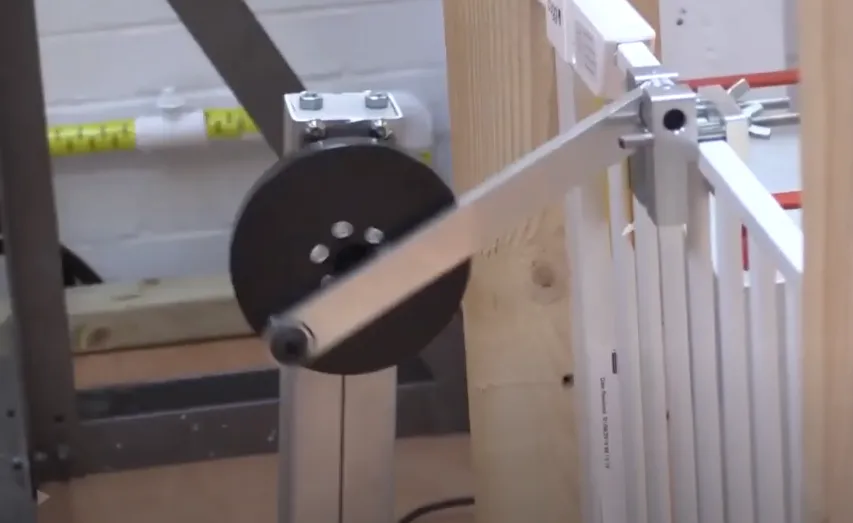UNE 11016 Surface Coating Resistance Testing for Children’s Furniture
The UNE 11016 standard is specifically designed to evaluate surface coating resistance on children's furniture, ensuring that the protective layers remain intact and prevent potential hazards. This testing method is crucial in the furniture industry as it ensures compliance with international safety regulations aimed at protecting young users from harmful substances or sharp edges.
UNE 11016 is part of a broader set of standards that address various aspects of children's furniture, including durability, stability, and resistance against wear. The standard focuses on the surface coatings applied to these items because they often serve as a barrier between the user and potential risks such as sharp edges or toxic chemicals. By ensuring robust surface coating resistance, UNE 11016 helps manufacturers produce safer products that meet stringent international standards.
The testing procedure outlined in UNE 11016 involves exposing the coated samples to various environments or conditions that mimic real-world usage scenarios. This includes exposure to chemicals, abrasion tests, and humidity cycles. The objective is to assess how well the coatings withstand these exposures without compromising their integrity. If a coating fails any of these tests, it indicates that there could be risks associated with the furniture once it reaches the end user.
Manufacturers who adhere to UNE 11016 not only enhance product safety but also build trust among consumers by demonstrating commitment to high-quality standards. Compliance can significantly impact brand reputation and customer loyalty since parents are increasingly concerned about their children's exposure to harmful materials in everyday household items.
The process begins with selecting appropriate test specimens that represent the types of surfaces typically found on children’s furniture such as tables, chairs, and play structures. Specimens must be prepared according to precise specifications provided within UNE 11016 ensuring consistency across all tests conducted under this standard. Once ready for testing, they undergo a series of procedures aimed at simulating realistic conditions that the final products will encounter during use.
For instance, one common test involves exposing coated samples to aqueous solutions containing specific concentrations of acids or alkalis mimicking sweat and urine. Another procedure includes rubbing the surface vigorously with sandpaper while applying pressure to mimic daily wear and tear. Additionally, some tests may involve placing specimens in chambers filled with controlled humidity levels designed to simulate long-term exposure to moisture.
After undergoing these rigorous evaluations, inspectors measure any changes in coating thickness or appearance that might indicate degradation. Acceptance criteria vary depending on the intended use of each piece of furniture; however, generally speaking, coatings should retain at least 80% of their initial thickness after completing all required tests without showing signs of significant discoloration.
Compliance with UNE 11016 offers several benefits beyond mere regulatory adherence. Firstly, it enhances overall product quality by identifying weaknesses in coating performance early on during development stages when corrective measures are more feasible and cost-effective than addressing issues post-launch. Secondly, successful completion of this test contributes positively towards establishing a strong brand image based on reliability and safety – factors increasingly important to both consumers and retailers alike.
- Enhanced Product Safety: Ensures that protective coatings remain intact throughout the expected lifespan of children’s furniture.
- Improved Brand Reputation: Demonstrates commitment to high-quality standards, fostering consumer confidence and loyalty.
- Increased Compliance: Meets international safety regulations aimed at protecting young users from harmful substances or sharp edges.
- Better Customer Satisfaction: Provides peace of mind for parents knowing their children are using safe products.
In conclusion, UNE 11016 Surface Coating Resistance Testing is an essential component in ensuring the safety and durability of children’s furniture. By adhering to this standard, manufacturers can demonstrate their dedication to producing reliable and secure products while also enhancing overall product quality through early identification of potential issues.





